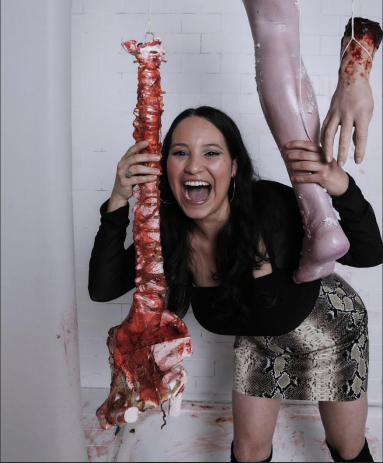20 Essential Psycho-Biddy Films
Problematic or camp? This is the best of Hagsploitation.
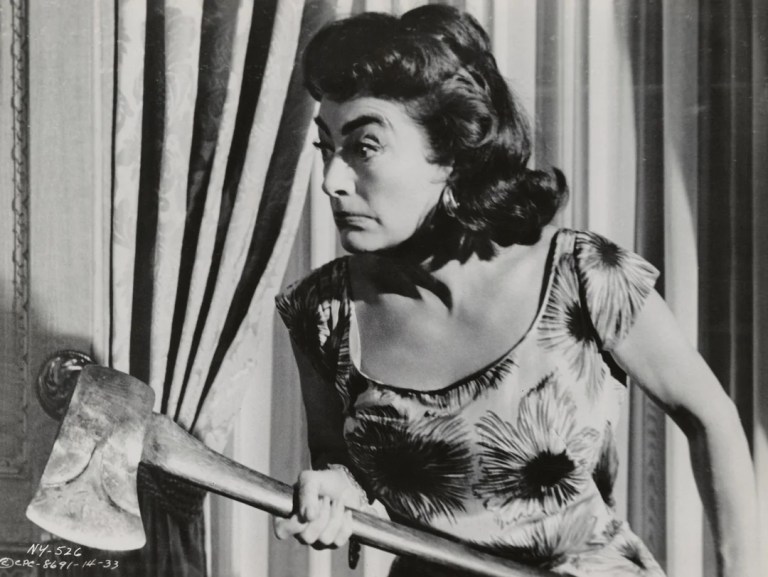
Hagsploitation, Grande Dame Guignol, batty-spinster, hag horror, psycho-biddy, the subgenre has many names. Its movies typically feature an older woman, often rich or formerly glamorous, in a state of mental distress. She’s either an unhinged and predatory villain, or a woman in peril trapped in a threatening situation.
The origins of hag horror can be traced back to the plays of the Parisian Théâtre du Grand Guignol, which began in 1897, and specialized in grisly horror with an emphasis on naturalism. As the Golden Age of Hollywood was coming to a close in the 1960s, the starlets who had dominated the era were considered “too old” to play the heroines and leads they were once cast as. Enter the psycho-biddy mania.

Psycho-biddy films have been criticized since their inception. At their height, the public saw the women actors starring in these films as “degrading” themselves by working in horror—these roles were considered to be “beneath them.” More recently, the subgenre has been condemned for being misogynistic, ageist, exploitative, and negatively portraying mental illness. However, there are those who would disagree, as these films often explore the gender politics of aging, patriarchal pressure on women, and how industries like Hollywood and society at large use and discard women. These films also allowed many Classical Hollywood lady stars to continue pursuing their passion and doing the work they always loved front and center. Grande Dame Guignol threw a big middle finger at a youth-and-beauty-obsessed Hollywood.
From the subgenre’s precursor, Sunset Boulevard, to the widely credited OG, Whatever Happened to Baby Jane?, to more modern films like Misery and X, these are the 20 best psycho-biddy films.
Sunset Boulevard (1950)
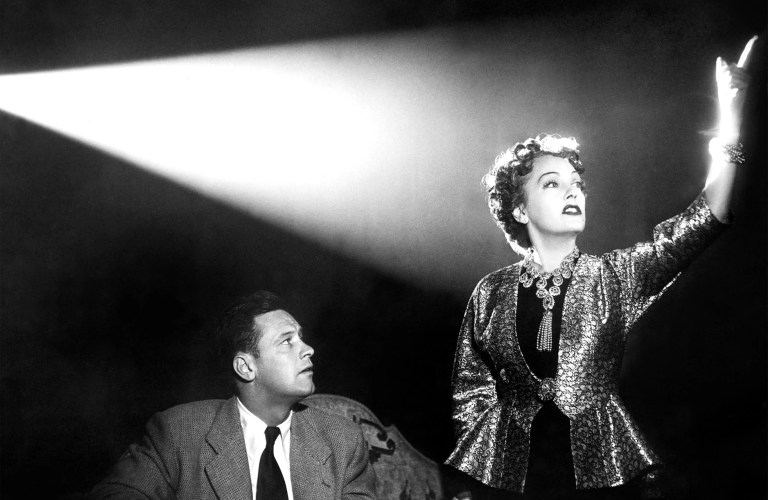
Before psycho-biddy films got big in the 1960s, there was Sunset Boulevard, a haunting story about a delusional forgotten silent film star who lives as a recluse inside her decaying Hollywood mansion. Looking for her big comeback, Norma Desmond (Gloria Swanson) hires a struggling screenwriter, Joe Gillis (William Holden), to help her on her (irredeemable) script of a movie about Salome. For selfish reasons, Joe enters a sexual relationship with the older woman, which becomes dangerous when her jealousy and deranged beliefs of grandeur spiral out of control. Sunset Boulevard gives commentary on the greedy, opportunistic, and consumerist nature of Hollywood, as well as on gendered ageism. The picture was included in the first group of films for preservation in the National Film Registry.
What Ever Happened to Baby Jane? (1962)
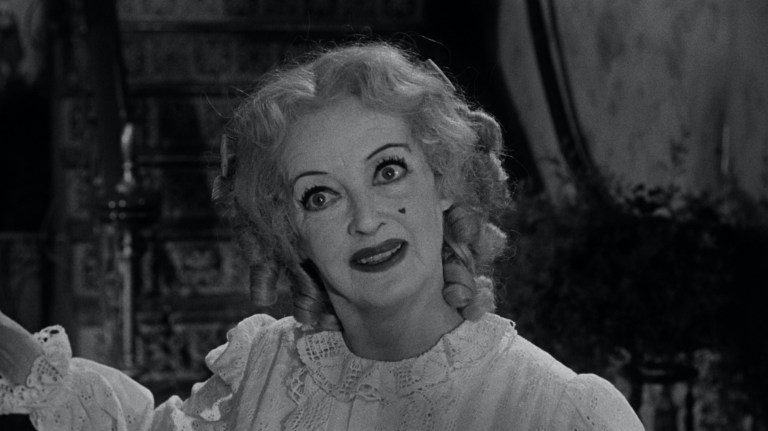
Baby Jane, the mother of psycho-biddy films, is responsible for kick starting the craze. Bette Davis and Joan Crawford give powerful performances as a pair of rival sisters miserably cohabitating in their dilapidated Hollywood mansion, both flawed in their own right. The demented Baby Jane Hudson (Davis), a faded former child actor, has cared for her sister Blanche (Crawford), whom she loathes for building a more successful career, since an accident left her paralyzed. Resentful and bitter of Blanche, Jane regularly mistreats her sister. Blanche’s films start airing on TV, bringing her back into the spotlight, and Jane’s jealousy and abuse spiral into terrifying territory. When Jane learns of Blanche’s plans of selling the house and arranging psychiatric care for her, she effectively cuts her sister off from the world. The movie’s big twist draws a new perspective on the story’s entirety and humanizes one of cinema’s most iconic female villains.
Strait-Jacket (1964)

Although Crawford was snubbed by the Academy and it was Davis who received most of the acclaim following Baby Jane, the movie helped reignite both of their careers. The two women went on to star in a number of psycho-biddy films. In the gaslight thriller Strait-Jacket, Crawford plays Lucy Harbin, a woman who took an ax to her husband and his mistress after stumbling upon them in bed together. After spending 20 years in a mental institution, she’s released and reconnects with her adult daughter, who witnessed her horrific crime as a child. When dismembered bodies start piling up, Lucy naturally becomes the prime suspect.
Hush…Hush, Sweet Charlotte (1964)

Following the success of Baby Jane, Robert Aldrich went on to direct Hush…Hush, Sweet Charlotte, the second film in a loose trilogy. Davis and Crawford were originally set to co-star again, despite their tension and conflict on set, but BTS drama led to a change in casting, with Olivia de Havilland replacing Crawford. Almost 40 years after becoming the prime suspect of her married lover’s unsolved murder, Charlotte (Davis) lives as a recluse in her ancestral home, which she’s in danger of losing. When she summons her successful younger cousin Miriam (de Havilland) for help, her sanity begins to deteriorate. The decadent, stylishly directed psycho-biddy is also an excellent entry to the Southern gothic subgenre.
Dead Ringer (1964)
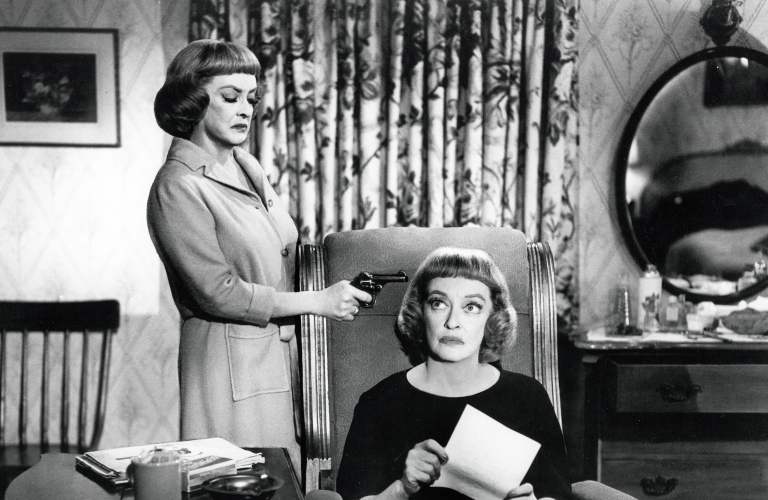
Bette Davis gives another phenomenal performance in Dead Ringer with her dual role as polar opposite twin sisters Margaret and Edith. The two have been estranged for 18 years, since Margaret schemed her way into “stealing” Edith’s rich fiancé. After his death, Edith exacts revenge on her wealthy widowed sister by killing her and assuming her identity. Impersonating her comes with difficulties greater than she could have imagined. As Margaret struggles to evade suspicion, she uncovers her sister’s darkest secret, which throws a wrench into her plans and threatens her very freedom.
The Night Walker (1964)
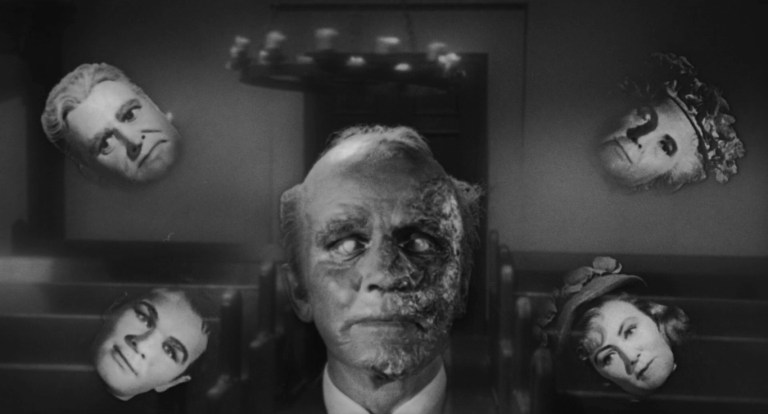
The Night Walker is a surreal, eerie film that blurs the lines between reality and dreams. The talented Barbara Stanwyck stars as Irene Trent, unhappy wife to Howard (Hayden Rorke), a blind wealthy inventor who’s extremely possessive of her. The only source of happiness in Irene’s life are the fantasy dreams she has of a younger lover. When Howard dies in a fire, Irene still isn’t free of him. Her dreams have become nightmares in which her disfigured husband comes back to stalk her. This psycho-biddy stands out among the rest of its era for not painting its protagonist as a frigid, demented senior, and instead portraying her as a woman who still holds real desires of sex, passion, and romance.
The Nanny (1965)
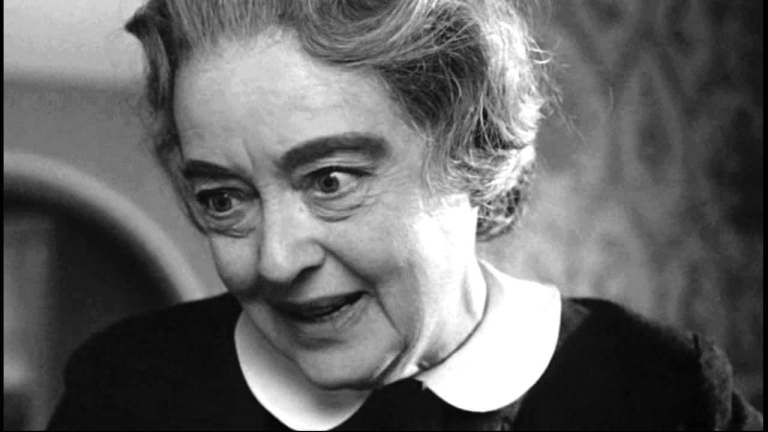
In Hammer’s character-driven The Nanny, it’s a question of evil, homicidal nanny or creepy kid. Bette Davis stars as the eponymous nanny to the Fane family. Joey Fane (William Dix) returns home two years after being sent to a school for emotionally disturbed children, having been blamed for his little sister’s drowning. The boy, who has been described as having an “inborn antipathy against middle-aged females,” is a terror and menace to Nanny. He refuses to eat any of the meals she cooks, plays cruel pranks on her, and borders on homicidal. As he wears her down, her exterior crumbles and her psychotic nature is brought to the surface.
What Ever Happened to Aunt Alice? (1969)
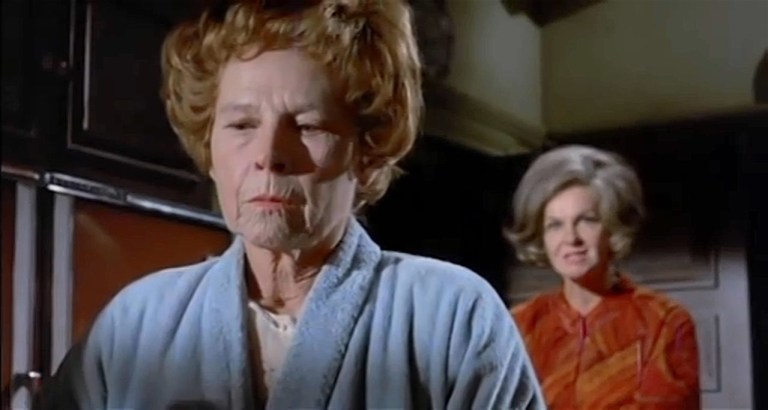
Lee H. Katzin and Bernard Girard directed this final installment to producer Robert Aldrich’s Grande Dame Guignol trilogy. Geraldine Page is the recently widowed Claire Marrable, whose husband left her with nothing but a butterfly collection, a briefcase, stamps, and a dagger. Driven over the edge, she hires and kills a string of elderly housekeepers after conning them out of their savings under the guise of investing, and then buries them under pine trees in her yard. There’s more to her crimes than greed—Mrs. Marrable is ecstatic and giggles with delight while indulging in cold-blooded murder. Her latest hire, Mrs. Alice Dimmock (Ruth Gordon), is on a mission to figure out what happened to the previous hire.
Whoever Slew Auntie Roo (1972)

Whoever Slew Auntie Roo? is a sinister reimagining of the popular children’s story “Hansel and Gretel” set in 1920s England. The legendary Shelley Winters is Rossie Forrest, an American widow living in her late husband’s English manor. Every year, she hosts a Christmas party for the local orphans, who call her Auntie Roo and refer to her mansion as “the gingerbread house.” But beneath her sweet, warm exterior is an incredibly demented woman hiding a ghastly secret in the attic. When siblings Katy (Chloe Franks) and Chris (Mark Lester) sneak into her seasonal soirée, Auntie Roo develops an obsession with Katy, who bears a striking resemblance to her deceased daughter, and kidnaps her to fill that void. It’s up to Chris to rescue his sister—and make sure Grande Dame Roo gets her due.
X (2022)
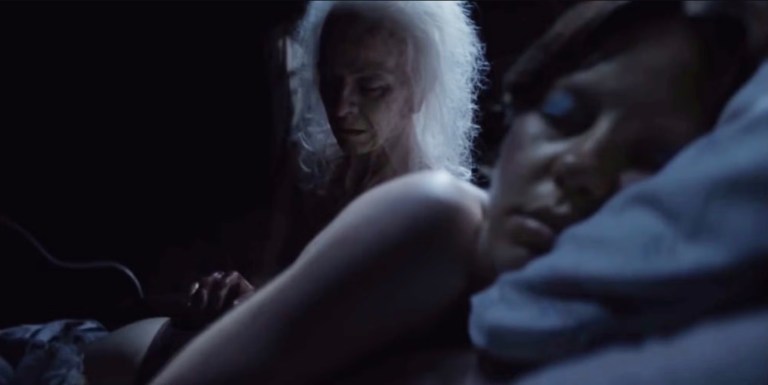
Set in 1979, X follows a group of six young porn filmmakers as they rent out a guesthouse on a farm from an elderly couple to shoot The Farmer’s Daughter in (quasi-)secret. Mia Goth is at her finest in a dual role as the sexually liberated, motivated final girl and the demented senior villainess grieving the loss of her sexual freedom. The old lady, Pearl, sneaks around and watches the beautiful, young Maxine Minx wander around the property and perform sex acts for the camera, mourning the disappearance of her youth and desperately yearning to be touched. The unhinged Pearl flips and bloody mayhem ensues. Ti West’s film is a subversion of the slasher, a homage to 1970s exploitation films, and a love letter to indie filmmaking. More than that, however, it’s a sorrowful story about the existential dread of aging, squandered youth, and fading into anonymity.
More psycho-biddy films…
Lady in a Cage (1964) Olivia de Havilland stars as a wealthy woman recuperating from a broken hip who gets trapped in her mansion’s elevator and is terrorized by a group of thieving punks.
Fanatic (1965) Tallulah Bankhead came back to the screen after a 20-year hiatus to play the role of Patricia Caroll in this demented tale about a sociopathic religious zealot who blames her almost-daughter-in-law for her son’s death and terrorizes her in the attic of her decaying mansion.
The Witches (1966) Joan Fontaine stars as an aging teacher who returns to England after suffering a breakdown on a missionary trip and, once there, becomes embroiled in a scheme run by a coven of witches.
Picture Mommy Dead (1966) An heiress is released from a psychiatric hospital and returns to her family mansion three years after watching her mom die in an accidental fire and has to contend with her father and his suspicious new wife.
Games (1967) A socialite newlywed couple let in a psychic cosmetics agent into their Upper East Side home, where they engage in a series of sadistic psychological games.
Berserk! (1967) Joan Crawford stars as Monica Rivers, a ringmaster of a traveling circus who’ll stop at nothing to fill up the seats.
Savage Intruder (1970) Also known as Hollywood Horror House, this film focuses on an alcoholic, aging movie queen living a reclusive life, who employs a young man as her personal assistant and nurse, unaware that he’s a serial killer.
Night Watch (1973) Elizabeth Taylor, hardly a “hag” at 41, stars as Ellen Wheeler, a housewife recovering from a mental breakdown who witnesses a murder in a deserted house across her own and isn’t believed by anyone.
Misery (1990) Kathy Bates stars in one of her greatest roles as a fan who holds her favorite author hostage and brutalizes him in an effort to get him to write her a story.
Greta (2018) Chloë Grace Moretz and Isabelle Huppert star in this movie about a young woman who befriends a lonely piano instructor and former nurse, only to realize that the older woman has become violently fixated on her.
Further reading:
